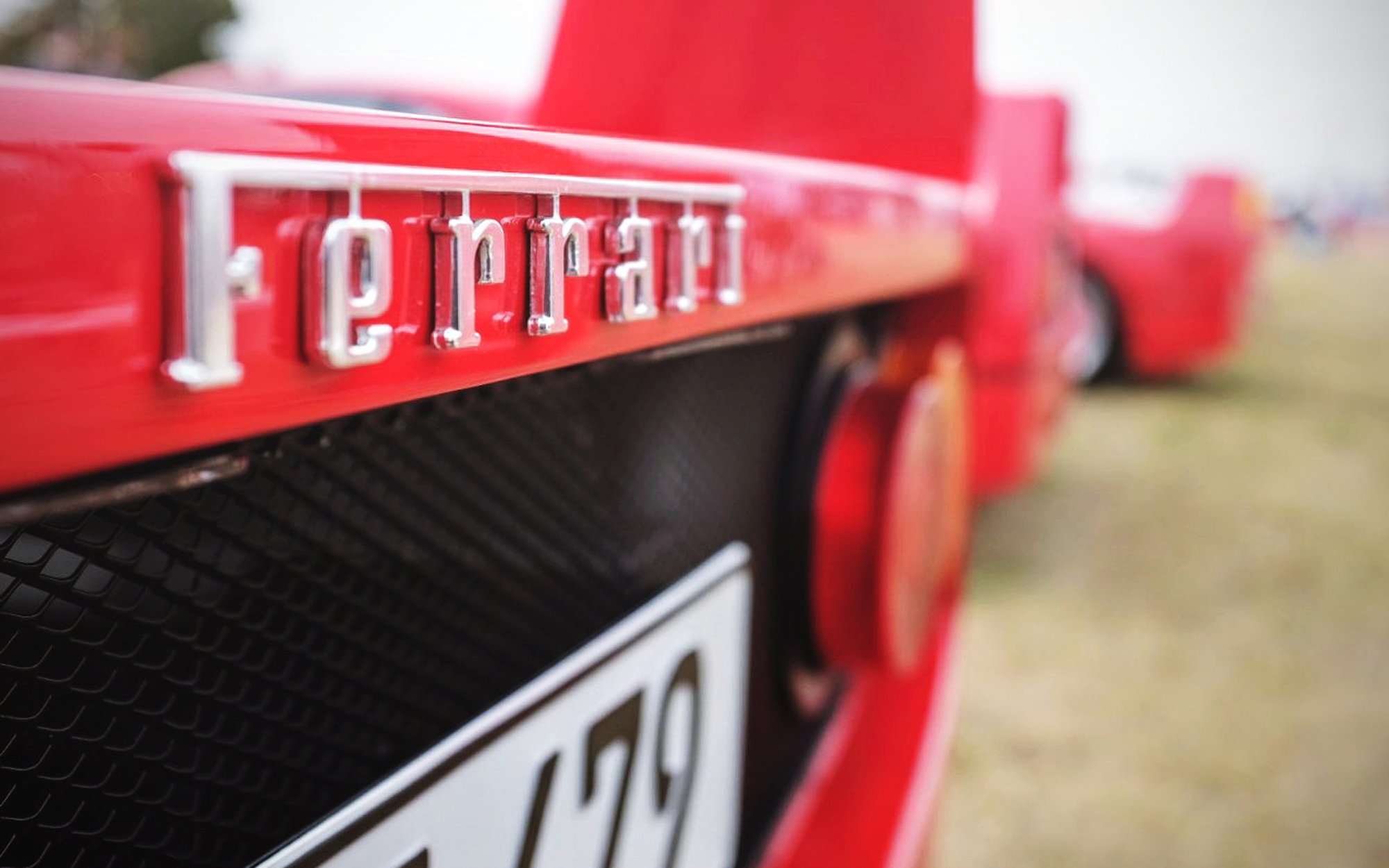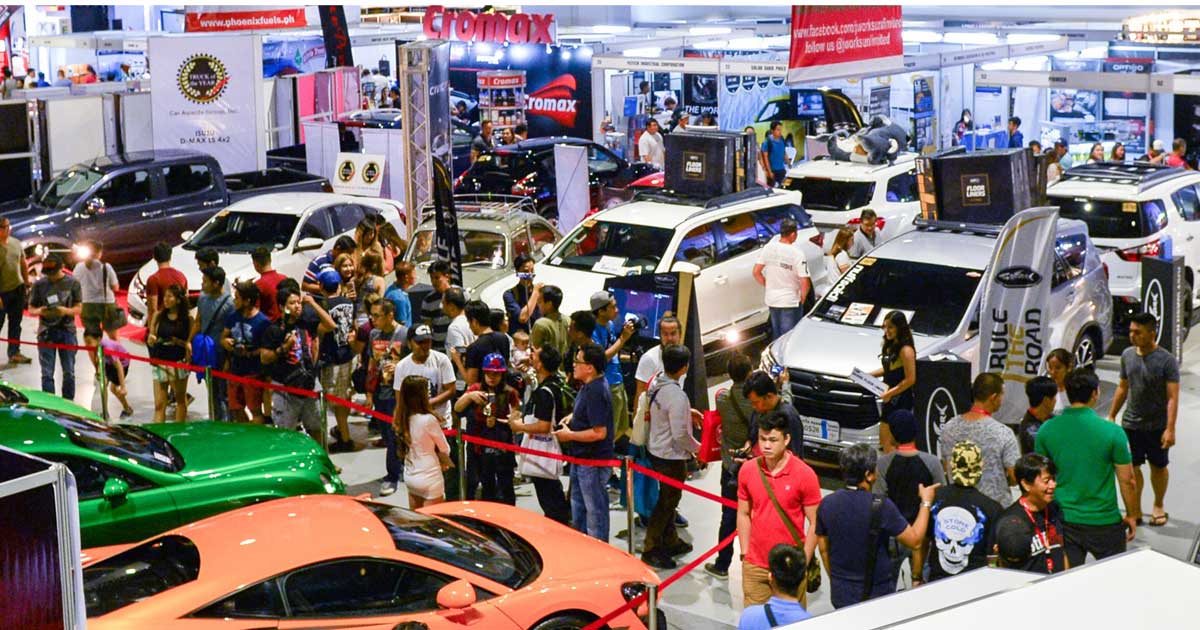You don’t need to be a ‘car guy,’ much less even care about Formula 1, to know Ferrari. Along with the likes of Coca-Cola, Rolex, and Apple, it has transcended the category in which it operates, becoming part of our popular vocabulary. And if you are a petrolhead, then Ferrari is about as aspirational as it gets.
So when Marc Soong of Autostrada Motore asked me if I wanted to attend the brand’s 70th birthday party in Maranello, I said yes almost before he even finished asking the question. Taking place over a very special weekend last September, and aptly titled ‘Legend and Passion,’ it served as the culminating activity for a series of events conducted across the globe over the course of several months. It was a celebration of all things Ferrari, and featured some of the marque’s most prominent road and race cars from its illustrious history.






















